The count-down has begun for the opening of one of the world’s most historically significant war ships. Urgent repairs to halt the deterioration of World War One light cruiser HMS Caroline were completed earlier this year making the ship safe for the next stage of restoration. Now the final leg of restoration and interpretative work can be completed to allow the ship to function as a world-class museum, a cross-community centre and a meetings and conferences venue.
National Museum of the Royal Navy Chief of Staff Captain John Rees OBE has been leading the complex funding and restoration programme in partnership with the Department for Enterprise, Trade and Investment. He says: “HMS Caroline is a living legend. We are breathing new life into what is an internationally significant piece of world history. We are particularly looking forward to the ship being ready for public opening on June 1 2016. This will mark the first stage of a series of phased openings. The second and third phases will see the ship dry docked for hull conservation works in the winter and then the completion of onshore facilities.
“This is a world class heritage asset and the only ship remaining from the Grand and High Seas Fleet of some 250 vessels. We must not underestimate the value of this ship and the resonance of its history and position in Northern Ireland, so it is a matter of pride for us as well as a contribution to local communities that the ship is brought back to life as a museum, visitor and community centre.”
Enterprise, Trade and Investment Minister Jonathan Bell says: “As the last floating survivor of the Battle of Jutland, HMS Caroline is an integral part of the rich tapestry of maritime history at Titanic Quarter. I have no doubt it will prove to be a popular draw for tourists when it opens as a world class museum in six months’ time.”
The vessel has been based in Northern Ireland for over 90 years and has undergone the first stages of restoration which will eventually see it opened to the public as a world class museum and heritage visitor attraction. The opening date is due to coincide with the centenary of the Battle of Jutland on May 31 2016.
NMRN in a joint venture with Northern Ireland’s Department for Enterprise, Trade and Investment initially secured £1m from the National Heritage Memorial Fund to safeguard the ship, £11.5m from the Heritage Lottery Fund and £2.7m from the Northern Ireland Government to complete the restoration, preservation and interpretative work.
COMMEMORATION OF THE IRISH SAILOR
31st May 2016, the Centenary of the Battle of Jutland, is the chosen date to mark the contribution of all involved in war and life at sea 1914 – 1918 with a Commemoration to the Irish Sailor in the Great War. The event will be run in Belfast next to Jutland’s only afloat survivor, HMS Caroline, and will include her official opening as a heritage visitor attraction. The commemoration will connect people in maritime activity a hundred years ago with descendants, and to those engaged in similar activity today.
If you have links to sailors, fishing, shipbuilding or other maritime activity from 1914-18 and wish to be involved, please see here: https://historyhubulster.co.uk/irishsailor/
HMS CAROLINE Project Phasing
The project is split into three distinct phases as outlined below:
PHASE 1 – The Ship: These works comprise of asbestos removal, ship adaptation, audio visual hardware and software and exhibition fit-out and interpretation fit-out.
PHASE 2 – Dry Docking: of the ship for conservation works to the hull
PHASE 3 – Visitor Centre & Landscaping: refurbishment works to the Pump House blocks 1-3 including the Alexandra dock
Schedule of opening
2016
May 31: Commemoration of The Irish Sailor. Centenary of Battle of Jutland ceremonies and events at Alexandra Dock.
June 1: HMS Caroline welcomes its first public visitors.
August: Landscaping of Alexandra Dock complete.
November: HMS Caroline leaves Alexandra Dock for dry dock inspection and hull conservation works.
December: HMS Caroline returns to Alexandra Dock and new position close to Pump House and facing out to sea.
2017
May: Completion of Pump House restoration and installation of permanent ticketing office and visitor welcome centre.
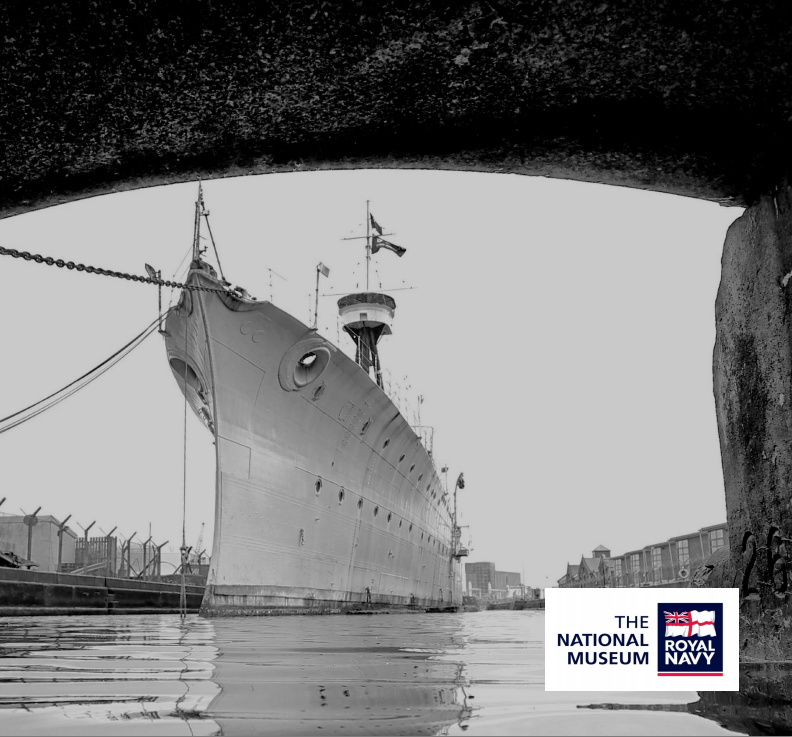



 er
er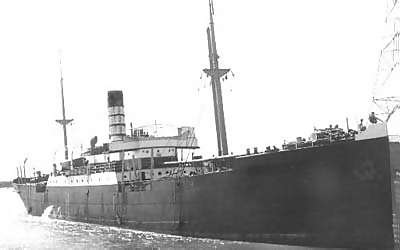
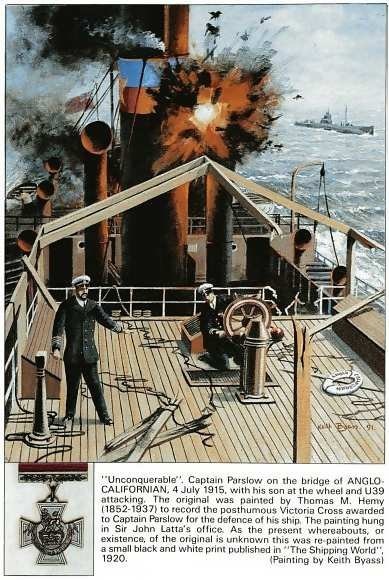
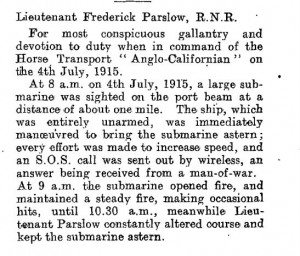
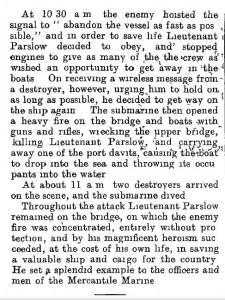


 The Gallipoli campaign resulted in the deaths of over 100,000 Allied and Turkish servicemen in just eight months. Serving both at sea and on land, the Royal Navy and Royal Naval Division lost many men in what was to become an unmitigated military disaster of poor planning that resulted in the loss of more than 44,000 Allied lives. In contrast, the defence of Gallipoli was the Ottoman Empire’s most successful military operation of the war.
The Gallipoli campaign resulted in the deaths of over 100,000 Allied and Turkish servicemen in just eight months. Serving both at sea and on land, the Royal Navy and Royal Naval Division lost many men in what was to become an unmitigated military disaster of poor planning that resulted in the loss of more than 44,000 Allied lives. In contrast, the defence of Gallipoli was the Ottoman Empire’s most successful military operation of the war.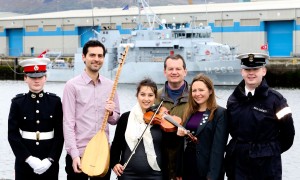 To read how History Hub Ulster remembered those Irishmen lost on HMS Goliath
To read how History Hub Ulster remembered those Irishmen lost on HMS Goliath 
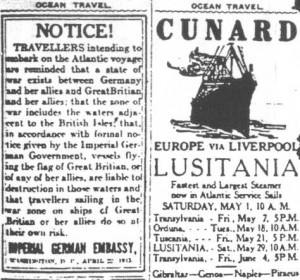 On 7 May the Lusitania entered the Irish Channel. Contrary to orders to travel at full speed in the submarine war zone around Great Britain, Captain Turner slowed the ship down because of fog. As a precaution, Captain Turner posted extra lookouts and brought the lifeboats out. Meanwhile U-20 was travelling west in the Irish Channel and sighted the Juno, a cruiser. It’s zigzag path made it difficult for a submarine to fire at and so it escaped. Captain Turner of the Lusitania did not do this because he felt that it wasted time and fuel.
On 7 May the Lusitania entered the Irish Channel. Contrary to orders to travel at full speed in the submarine war zone around Great Britain, Captain Turner slowed the ship down because of fog. As a precaution, Captain Turner posted extra lookouts and brought the lifeboats out. Meanwhile U-20 was travelling west in the Irish Channel and sighted the Juno, a cruiser. It’s zigzag path made it difficult for a submarine to fire at and so it escaped. Captain Turner of the Lusitania did not do this because he felt that it wasted time and fuel.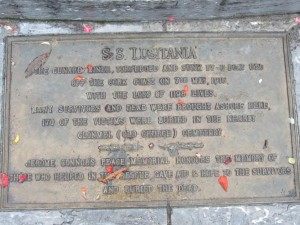 Thomas Quinn, a lookout in the crow’s nest, saw the torpedo’s wake and sounded the alarm. There was a large explosion at the side of the ship just ahead of the second funnel. Then there was a larger, muffled explosion from the bottom of the ship. The ship tilted to the right and although the power failed, Captain Turner attempted to steer the Lusitania toward land in an attempt to beach her. Without power the rudder and engines did not respond and the watertight doors could not be closed.
Thomas Quinn, a lookout in the crow’s nest, saw the torpedo’s wake and sounded the alarm. There was a large explosion at the side of the ship just ahead of the second funnel. Then there was a larger, muffled explosion from the bottom of the ship. The ship tilted to the right and although the power failed, Captain Turner attempted to steer the Lusitania toward land in an attempt to beach her. Without power the rudder and engines did not respond and the watertight doors could not be closed.


